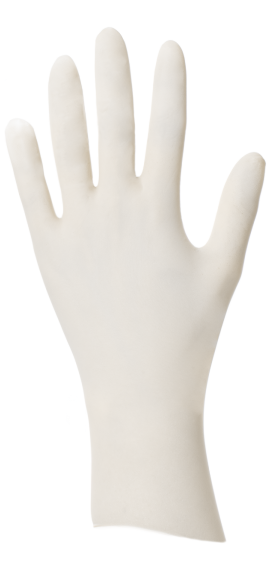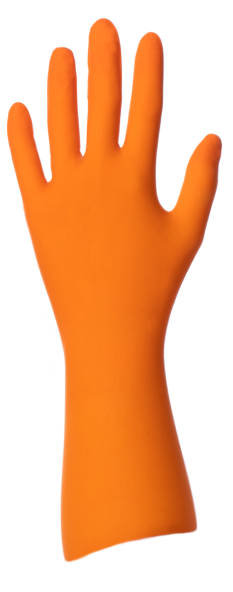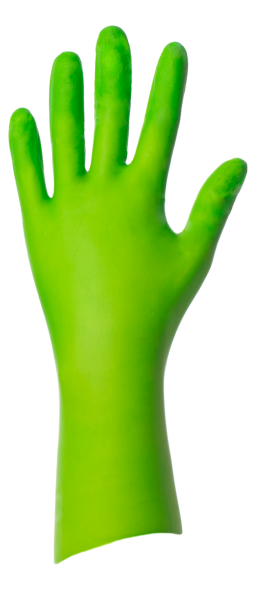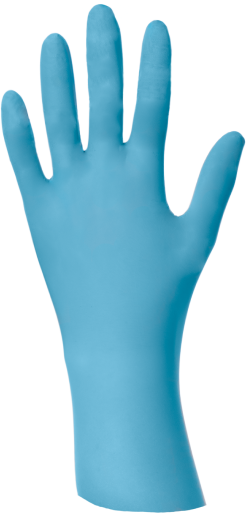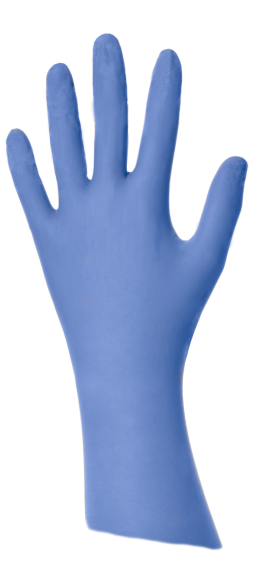Laboratory Protective Gloves
The laboratory sector encompasses many types of public and private activities. There are two main segments where laboratory gloves are widely used:
- The academic sector
- The pharma-biotech industry
These two segments represent more than 50% of the lab activity. However, the use of PPE and specifically protective gloves in the laboratory is obviously not limited to these two segments. There are many other activities where safety rules apply and which are subjected to the wearing of lab protective gloves such as chemistry, agro-agri industries, environment-energy or cosmetics.
LABORATORY GLOVES TO PROTECT
Each type of laboratory carries out different activities. Operators are thus exposed to different risks (chemical risks, biological risks, mechanical risks, etc.).
The safety and the protection of laboratory technicians is therefore an essential subject. As soon as a risk has been identified in a laboratory, the wearing of Personal Protective Equipment (PPE) is mandatory whether for the protection of:
- The hands (nitrile lab gloves or latex lab gloves).
- The eyes (goggles).
- Any other part of the body (masks, gowns, coveralls or shoes).
All tasks in a laboratory involve the use of different types of laboratory gloves. There are two main reasons to wear laboratory protective gloves:
- Protecting operators is the primary function of a glove to protect the hand and the wrist from contact with a hazardous material that could irritate or infect the skin or contaminate the operator.
- Not contaminating substances or equipment when the operator hadle them with his bare hands or with his lab gloves is essential.
THE ACADEMIC SECTOR
These "academic" laboratories bring together research units in the public sector (teaching, fundamental research, and support for research in the various fields of life sciences).
They provide a framework for researchers. This category includes research laboratories in:
- Biological, medical, and human health fields.
- On matter and the universe.
- On plant health.
- Etc...
Hand and wrist protection is particularly important for technicians in research laboratories. The risks associated with laboratory activities are multiple and require increased protection of workers. These include the risks of contact with toxic chemicals, the handling of organic products (blood, liquids, or tissues) and exposure to infectious biological agents (micro-organisms). Wearing gloves in a life sciences laboratory has long been a matter of course in this sector!
PHARMACEUTICAL AND BIOTECHNOLOGY INDUSTRIES
Laboratories in the pharmaceutical sectors and biotechnology companies using lab gloves in many activities.
This include research and development (R&D) activities as well as quality control and drug production (production of vaccines, antibiotics, etc... excluding cleanroom activities).
The gloves must be of quality (thickness or even double-layer, AQL as low as possible ...) and adapted to the risks of these sectors of activity. The main risks in these sectors are related to exposure to biological agents (bacteria, viruses, fungi, cell cultures, etc.). Indeed, these agents can cause infections, allergies or even poisoning or cancers.
LAB GLOVES FOR OTHER ACTIVITIES
Laboratory gloves are also used for other research and development (R&D), analysis and quality control activities in:
- Chemical sectors (fine, organic, mineral chemistry, etc.).
- Agri-food (seed companies, analysis laboratories, etc.).
- Environment-Energy (analysis).
- Cosmetics
- Medical (clinical/hospital/diagnostic/ safe preparation of chemotherapy medications)
- and in many other industries.
Our glove selection guide will help you select the best and adapted safety latex or nitrile lab glove. To receive samples or technical documentation, contact a SHIELD Scientific representative or contact one of our specialized laboratory glove distributors.

